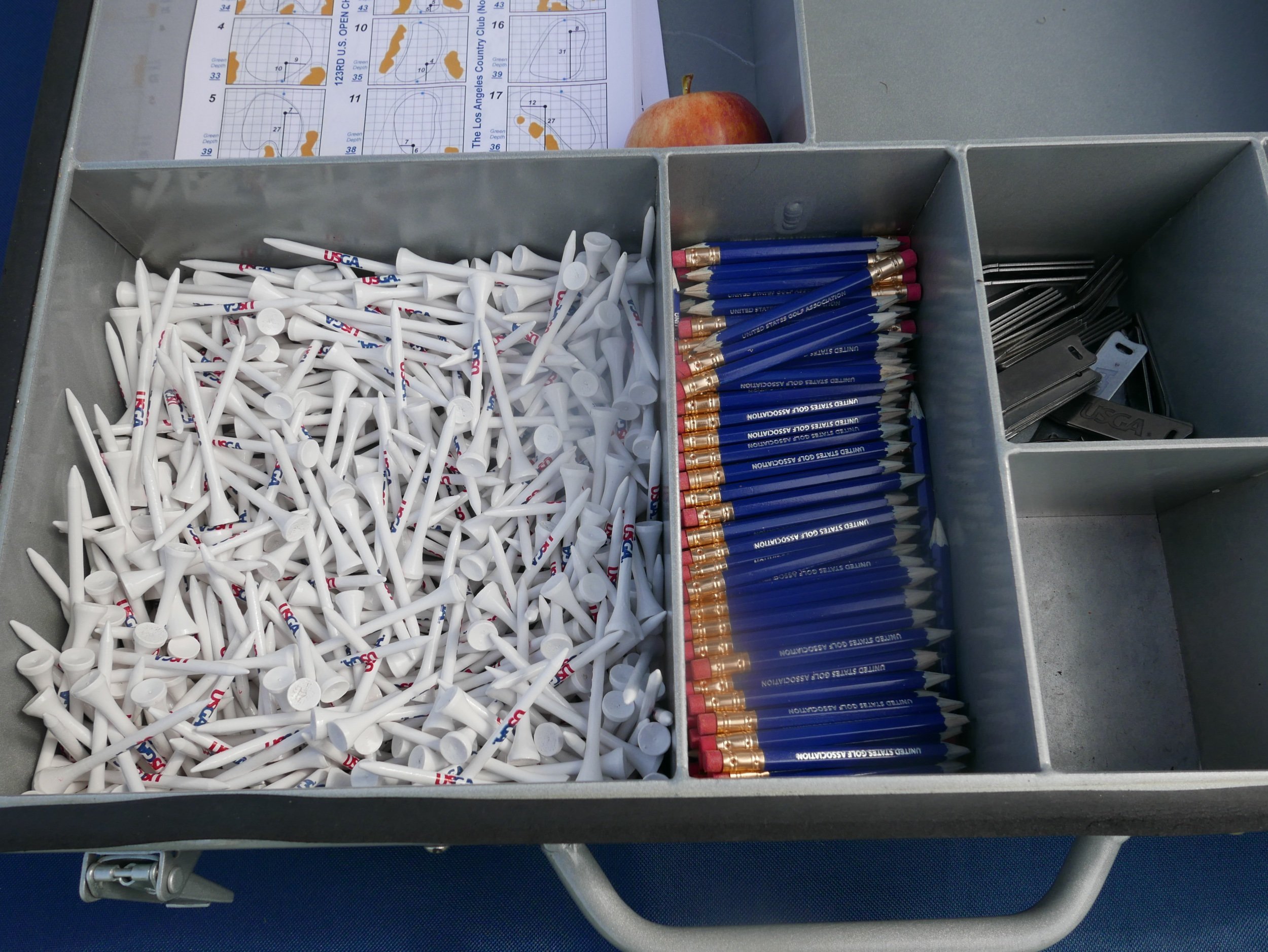How Students Can Start Golfing Without Breaking the Bank

Golf is often seen as expensive, but that's only sometimes the case. Many students prefer to play golf for recreation, as it is a good form of exercise, but it can be costly.
However, there are ways to minimize your expenses while still playing the best game of your life. Here is how you can play golf at its lowest, even with a student budget.
1. Choose Affordable Equipment
You don’t need the fanciest equipment to get golfed. Look for primary starter sets that usually include basic clubs that a golfer needs to hit the most, such as the driver, a few irons, and a putter. You don’t need 14 clubs when starting; buying these starter sets will help you save money on clubs. Get used ones from a thrift store with sports products, from online classifieds, or from golfers you know who plan to replace clubs in their set. Most golf clubs will rent your clubs out, so you can try clubs that you like or simply need them to start playing.
While many students come up with various ways to golf affordably, balancing this new activity with academic requirements can be challenging. If you are looking, “Who can write my essay?” – TopEssayWriting is a reliable service provider. This solution will enable you to pursue your favorite hobby and maintain excellent academic performance.
2. Play on Budget-Friendly Courses
Public golf is usually cheaper than private clubs, often with lower daily green fees, more open to the public, and much more accommodating. It’s also a good idea for students because they’re generally open during low and mid-week hours (which tend to have lower rates) and late afternoons and early evenings. And because they’re often open to the public and budding golfers just learning the game during the off-season, par-3 courses can be incredibly cost-efficient and learning-friendly. Likewise, you can ask about student discounts.
3. Utilize Free Resources to Learn
Most individuals can choose from various resources to improve their game without paying for coaching sessions. Thousands of video tutorials are available online, covering all levels, from basic swings to complex golf strategies. Various blog posts and websites share detailed videos or written instructions, including golf tips. Golf enthusiasts can find many online forums to discuss golfing techniques or seek help from other members. A wide range of golf-training mobile apps offer online courses, including video lessons and the ability to analyze your swing. Many of these mobile apps are free or charge nominal fees every month. Various social media groups cater to amateur golfers so they can share experiences and gain motivation from their peers.
4. Share Expenses with Fellow Golfers
It’s more fun to golf with other people and usually a cheaper option, too. By doing this, you can share the cost of the sport among your group of friends or fellow students, whether that means carpooling to the golf course, splitting the cost of rental fees for clubs and shoes, sharing the cost of balls, or even saving money on green fees by booking your tee times at the same golf course together, as many classes will offer a discount for groups. You can also buy bulk and divvy supplies, such as a giant bag of golf balls between your friends. Or, if you’re able to organize an event, you can contact golf courses to see if they can offer special deals or sponsorships for large groups when booking for a sizeable number of people can bring the prices of green fees down significantly, as well as elevate the group golfing experience.
5. Practice Regularly at Low-Cost Venues
You need to practice to improve your golf playing. You can do that in many places without expensive club memberships. Here are some excellent options for you to practice regularly at a reasonable price:
Small Local Parks: Most have a few cages where you can play golf, sometimes for free, otherwise for just a few euros.
Public Driving Ranges: Golf course practice ranges are generally better than country clubs.
Community Golf Courses: Often offer lower rates and may include practice facilities.
School Facilities: Some universities have their golf practice area, which is free or cheaper for students.
Golf Simulators: Some sports centers and malls contain simulators, which can be a cheap practice method.
Using inexpensive places to play will enable you to constantly fine-tune your golf game without breaking the bank, and your practice will be both practical and affordable.
Tee Off Without Breaking the Bank
Buying inexpensive equipment is the best way to enjoy starting golf and keep your expenses low. Play at a low-cost course. Duplicate instructional books and videos online. Swap the cost of a pro. Practice for free at a public range or downtown, putting green. With these approaches, you can keep your monetary outlay down and reap golf's psychological and physical benefits, such as spending time outdoors and honing your skills. So grab your clubs, call a friend, and play golf in a way that’s right for your student budget.






